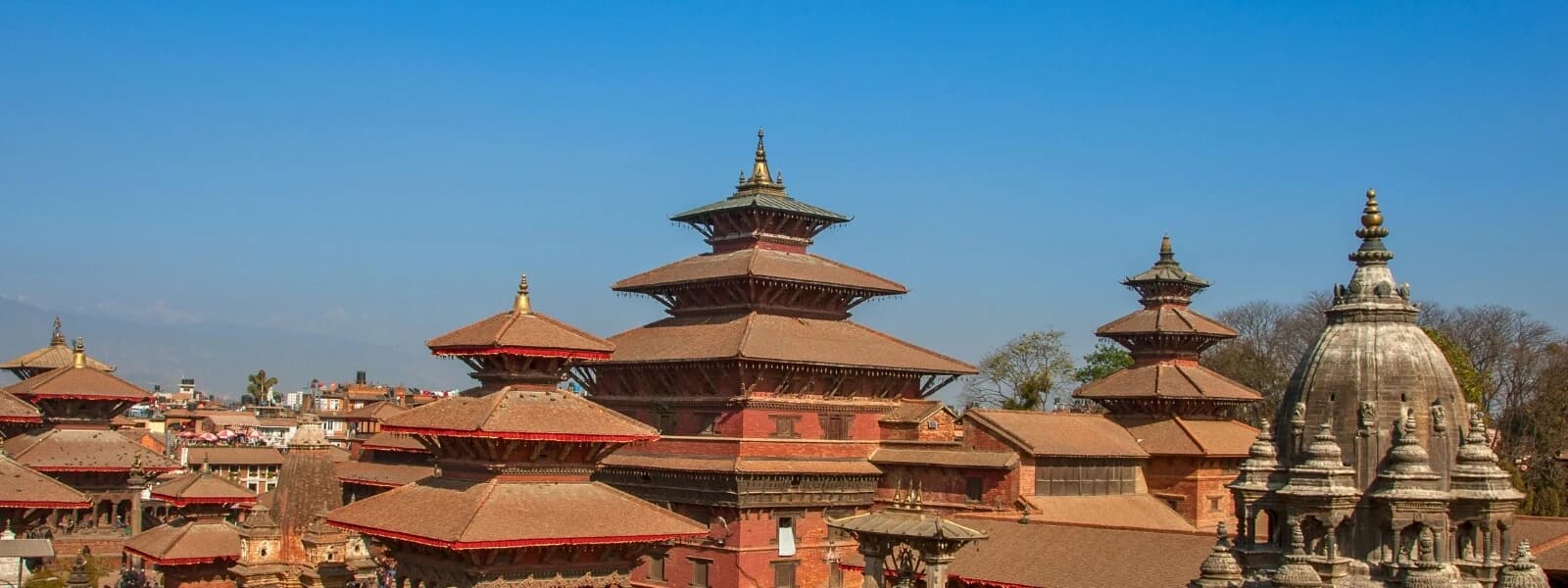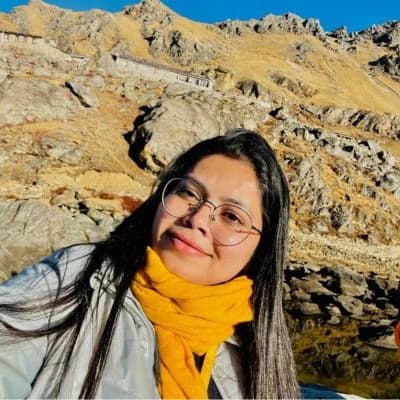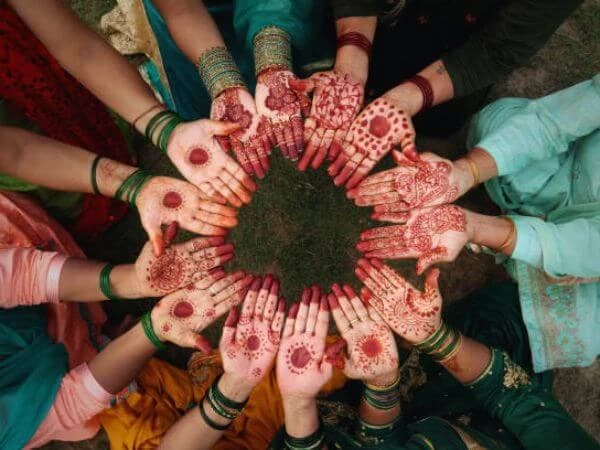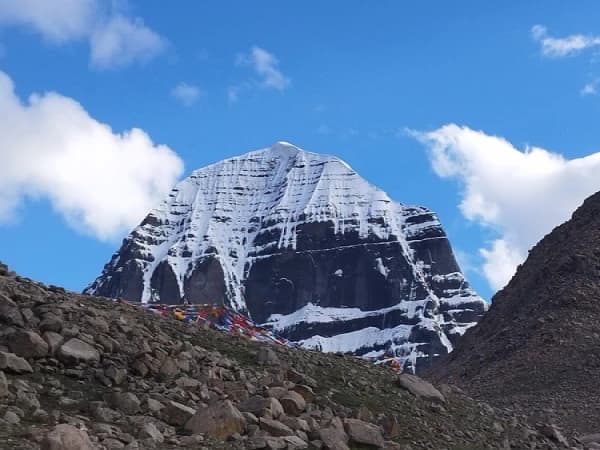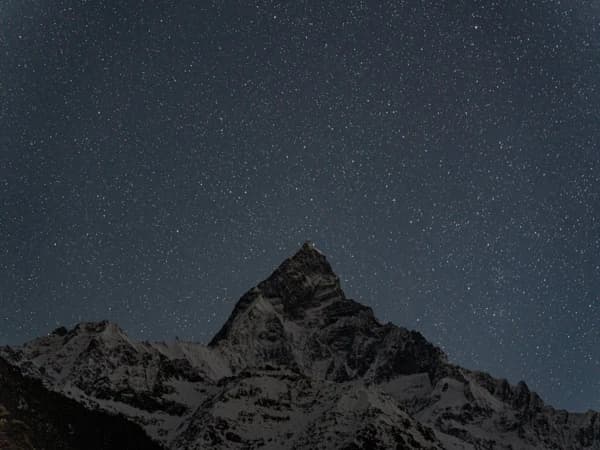The capital city of Nepal, Kathmandu is a busy city because Kathmandu is the capital city it is highly populated as the people from all the 75 districts of different age, caste, class, religion come here for high education, shelter, job, bussiness, standard facilities and slowly settle here in Kathamandu.People living in Kathamndu mostly speak their national language i.e Nepali & follow hindu religion.English is also spoken by many as tourism of Nepal starts from Kathmandu i.e the gateway of tourism.Kathmandu is the nerve center of country's economy that is focused on tourism.Tourism is the source of income for most of the people living in the city.Kathmandu tourism was declined some years ago due to the political turbulence but slowly it took its place back again & has been improved.But the nature again hit back to the tourism of Kathmandu that was a year ago with 7.8 magnitude earthquake on 25 April 2015 which devasted the historical areas of Kathmandu like Kathamndu Durbar Square, Bouddhanath Stupa, Bhaktapur Durbarsquare,Patan durbarsquare & Swaymbhunath .Though it was a difficult time for the peoples,economy of the country & the most the tourism of Nepal,the hard work & their patience take them all out of the hard situation & once again the tourism of Nepal is on the top of the world .Nepal tourism came back again with the slogan "Nepal Will Rise Again". Kathmandu was ranked third among the top 10 travel destinations on the rise in the world by Trip Advisor, and ranked first in Asia.

Kathmandu is surrounded by four major hills named Shivapuri, Phulchoki, Nagarjun, and Chandragiri.Kathmandu valley consists of 3 districts i.e Kathamndu, Lalitpur & Bhaktapur.Sights to be visited in Kathmandu valley are Hanuman Dhoka, Boudha Nath, Swaymbhu Nath, Patan Museum, Golden Temple (Kwa bahal), Itum Bahal, Indra Chowk, Seto Machhendranath Temple, Garden of Dreeams, Mulchowk, Narayanhiti Durbar Museum & so on.Thamel is the main tourist hub in Kathmandu valley where you will find different hotels & ancient & handicraft shops.Among them the four UNESCO listed World Heritage Sites of Kathmandu are Kathmandu Durbar Square, Pashupatinath temple, Bouddhanath stupa and Swoyambhunath stupa.
Kathmandu Durbar Square:

It is a historical site of the country which covers five acres of land at the centre of Kathmandu. The entire site is divided into two parts—inner and outer. The inner part consists of Hanuman Dhoka Palace which is one of the prime sites to visit. The statue of Hanuman (monkey god) is placed in front of the main entrance of the Palace. King Pratap Malla erected a statue of Hanuman here in 17th century with the belief that the god will keep all evils outside the palace. He also built Sundari and Mohan Chowk on the north of the palace. According to stone scriptures, Kathmandu Durbar Square was the administration centre for Lichhavi Kings. They built palaces and temples here in 3rd century but no remains of it is found yet. The major developments of the site took place in the time of Ratna Malla in 1484. He turned the existing palaces into Royal Palace. Since then many temples and palaces were built here by different Malla and Shah Kings. There are many things to observe in the outer part of the area such as: Kasthamandap, Shiva-Parvati temple, Kumari Ghar and many more. Kasthamandap enshrines Gorakhnath (Lord Shiva in the form of cow protecting god). King Laxmi Narasingha Malla built it in 16th century by using woods of a single tree. It was built in Pagoda style. This temple was completely destroyed by the quake of 25th April, 2015. The name Kathmandu was derived from this very temple—Kasthamandap. Kumari Ghar (house) is another major attraction of this place as living goddess—Kumari lives here. This house is also severely damaged by the quake and is in reconstruction process. Kumari is regarded as a living form of Taleju Bhawani (Durga). There are many other things to see here. It is truly a historical site with cultural outlook of Nepal. It is a centre of Newar culture.
Pashpatinath temple:

Pashupatinath is located on east from Kathmandu Durbar Square. It is a sacred site for Hindu where Lord Shiva is worshipped in the form of Linga. The Linga is a stone of around three and half feet cylindrical black coloured stone where face of Lord Shiva is carved in four sides. There are temples of many other god and goddess in this area.
Bouddhanath stupa:

Bouddhanath stupa is one of the largest stupas of South Asia. It is built in octagonal mandala structure. The entire stupa is surrounded by brick wall. The colour of the stupa is completely white. A dome like structure is made on the octagonal base where people walk in clockwise direction reciting matras. The prayer wheels, butter lamps and prayer flags in the site are really pleasant. There are more than 50 monasteries in Bouddhanath area dedicated to Lord Buddha. The site gives glimpse of Tibet so it is also regarded as mini Tibet. It is said that the stupa was built by Lichhavi King called Shiva Dev in 590 AD but it is not proved it.
Swoyambhunath stupa:

Like Bouddhanath Swoyambhunath is also regarded as prime site for Buddhist. It is a place where hundred thousand people around the world visit every year. The site is located on the west from Kathmandu. Swoyambhunath is situated at a hillock. It is a dome shaped structure with the eyes of Budddha in all four directions at top of the dome. Swoyambhunath is also known as Monkey Temple because a lot of monkeys live here. ‘Self-Existing’ is the meaning of Swoyambhu. It is said that this stupa used to be here even then when this entire valley was logged with water forming a huge lake. Later Manjushree arrived here and saw a beautiful lotus with many petals. Manjushree was moved by the lotus and he determined to settle village in this place. He cut the gorge at Chovar making passage for water flow. Since then people started living here. Here ends our Kathmandu sightseeing.


